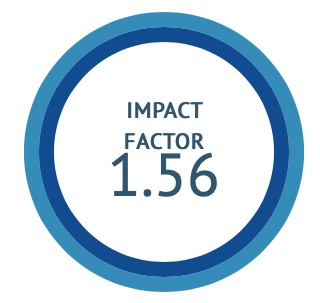Insilico Studies Unveiling the Hepatoprotective Potential of Morus alba Linn: Docking and ADMET Analysis
DOI:
https://doi.org/10.47552/ijam.v15i2.4581Keywords:
Morus alba Linn, Hepatoprotective activity, Insilico studies, Docking, ADMET analysisAbstract
The goal of the drug discovery process is to search for new drug molecules which can bind to a specific target known to be involved in causing a disease. This study aims to identify potential inhibitors against the TGF-β-type-I receptor (PDB Id-1VJY) by developing ligands through molecular docking and ADMET-based virtual screening. The plant-based nature product database of Morus alba Linn is utilized for this purpose. The resultants hits, identified as actives were evaluated by molecular docking studies to get insight into their potential binding interaction with the target protein. 1-deoxynojirimycin (A1), Catechin (A2), Cyanidine-3-rutinoside (A3), Cyclomulberrin (A4), Kaempferol (A5), Kuwanon-G (A6), Morusin (A7), Mulberrin (A8), Mulberrofuran-G (A9), Quercetin-3-(6-malonylglucoside) (A10), Quercitrin (A11), Rutin (A12), were selected for the molecular docking.ADMET based virtual screening ligand/Compound (A1, A2, A4, A5, A7, A8, A9) passes the lipinski’s rule. Compound A4 (-10.7 kcal/mol), A5 (-10.4 kcal/mol) and A8 (-9.9 kcal/mol) had the highest binding affinity to the active site in TGF-β-type-I receptor. In conclusion, based on docking score and ADMET virtual screening, Cyclomulberrine (A4) (-10.7 kcal/mol) more affinity toward the TGF-β-type-I receptor that could be investigated further in the search for Hepatoprotective agent.
Downloads
Published
How to Cite
Issue
Section
License
Copyright (c) 2024 International Journal of Ayurvedic Medicine

This work is licensed under a Creative Commons Attribution 4.0 International License.
The author hereby transfers, assigns, or conveys all copyright ownership to the International Journal of Ayurvedic Medicine (IJAM). By this transfer, the article becomes the property of the IJAM and may not be published elsewhere without written permission from the IJAM.
This transfer of copyright also implies transfer of rights for printed, electronic, microfilm, and facsimile publication. No royalty or other monetary compensation will be received for transferring the copyright of the article to the IJAM.
The IJAM, in turn, grants each author the right to republish the article in any book for which he or she is the author or editor, without paying royalties to the IJAM, subject to the express conditions that (a) the author notify IJAM in advance in writing of this republication and (b) a credit line attributes the original publication to IJAM.




